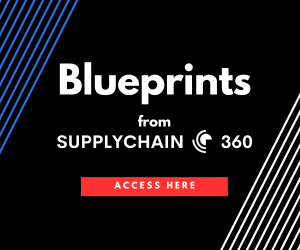Procurement professionals often lament their late involvement in sourcing processes, which limits their ability to control costs and manage supplier reliance effectively. While mature procurement organizations have managed to overcome this hurdle through established stakeholder collaboration and credibility, many still grapple with this issue. Building trust and strong relationships is a recommended approach, but the role of procurement technology in fostering early and effective collaboration with stakeholders cannot be overlooked.
The Limitations of Traditional S2P and the Role of Technology
Traditional Source-to-Pay (S2P) systems have been primarily designed for procurement, requiring stakeholders to log in to collaborate. This approach presents a learning curve and memory challenge for stakeholders, who also need to be invited to submit requests or initiate projects. While Procure-to-Pay (P2P) systems are intended as the starting point for non-procurement users, they often lack flexibility and collaboration capabilities.
However, S2P suite providers are beginning to address these issues with AI agents and their own intake management and orchestration modules or capabilities. This leads to the question: Is intake and orchestration the answer?
Intake and Orchestration: A Potential Solution for Early Engagement
The intake and orchestration market exists primarily to facilitate early engagement and collaboration between stakeholders and procurement. Solutions like Zip provide a single starting point for end users, making it easy for them to engage with procurement early. Custom-designed forms and flexible workflows ensure that the right information is captured early, reducing the need for constant back-and-forth communication.
While this doesn’t automatically guarantee earlier procurement involvement, it does provide a simpler interface for end users to get started. With a single entry point, they don’t need to know who to start with based on the type of request and spend category. However, they still need to submit the request, which brings us back to building procurement’s credibility and reputation for adding value to the process. Making the process as simple as possible for end users is certainly a crucial piece of the puzzle.








